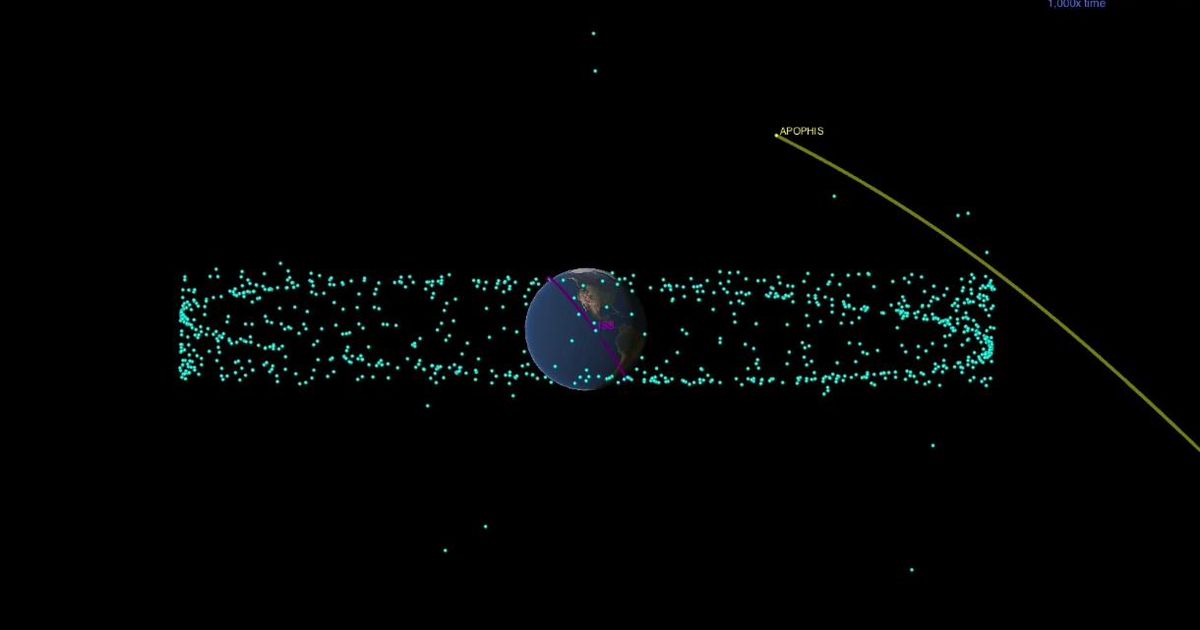
Maybe one day we’ll send a group of oil rig workers off to space on an ill-advised mission to detonate an asteroid from the inside, but it’s not going to happen during the current century.
Asteroid 99942, named “Apophis,” was first discovered in 2004 and has been flagged before as a possible impact risk. Now, NASA is saying that the “slight” worry of a possible collision with Earth in 2068 can be safely put to rest, with radar observations having effectively ruled out any chance of that happening.
“A 2068 impact is not in the realm of possibility anymore, and our calculations don’t show any impact risk for at least the next 100 years,” said Davide Farnocchia, whose focus at NASA is near-Earth object studies.
Apophis, whose route through outer space situates it close to our planet whenever it passes by, had previously been seen as a possible impact risk for 2029. It was always a low chance — 2.7 percent, based on the initial calculations taken in 2004 — and was eventually ruled out completely, as was a similar worry over a possible 2036 collision, which initially had a 1 in 250,000 chance of happening.
As NASA’s new announcement notes, while those earlier scenarios were ruled out, there remained the small possibility of an impact in 2068. Now, thanks to data collected after a distant flyby on March 5, that can be crossed off the list as well.
[embedded content]
“With the support of recent optical observations and additional radar observations, the uncertainty in Apophis’ orbit has collapsed from hundreds of kilometers to just a handful of kilometers when projected to 2029,” Farnocchia said. “This greatly improved knowledge of its position in 2029 provides more certainty of its future motion, so we can now remove Apophis from the [Sentry Impact Risk Table].”
The risk table Farnocchia referred to is an ongoing catalog of spaceborne objects that do or will pass by close enough to Earth to pose an impact risk. So it’s notable that the latest data and observations collected after the March 5 flyby led to Apophis’s removal from the list.
There are certainly larger asteroids than Apophis, which is about 1,100 feet — or just over three football fields — across. But it’s still large enough to have prompted anxiety around a potential impact, going back to its 2004 discovery and concerns of a (again, remotely) possible 2029 impact. So the fact that it’s now removed from the Risk Table is a welcome development, particularly for a research community that sometimes struggles to convey actual risks to an easily alarmed public.
What’s more, with impact fears now out of the picture, NASA’s near-Earth object researchers can focus fully on all the opportunities that spring out of an asteroid like Apophis getting so close as it flies by.
“When I started working with asteroids after college, Apophis was the poster child for hazardous asteroids,” said Farnocchia. “There’s a certain sense of satisfaction to see it removed from the risk list, and we’re looking forward to the science we might uncover during its close approach in 2029.”
